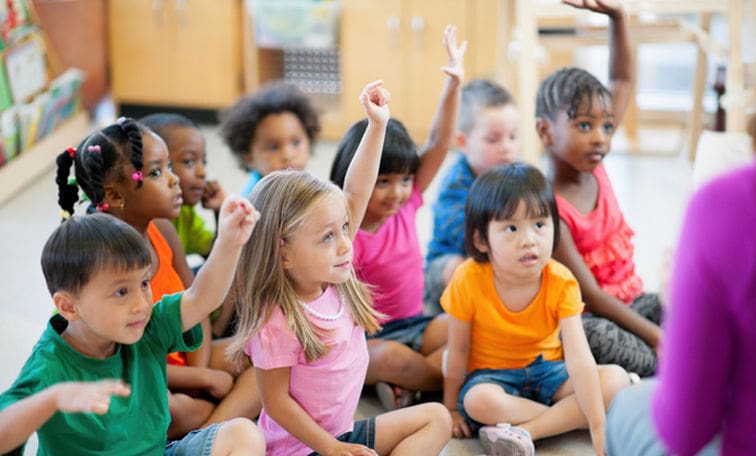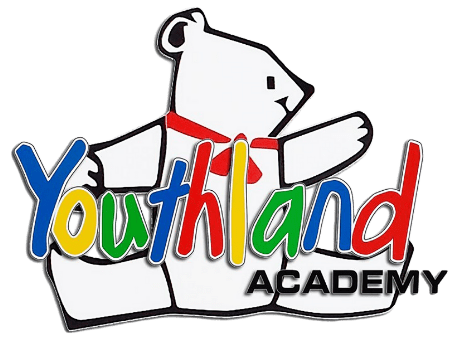
If your child’s big kindergarten debut is right around the corner, more than likely you’re feeling a little stress regarding whether or not your little one has developed all of the skills needed to thrive in this new environment. While there is no perfect or foolproof formula that will indicate whether or not a child is 100 percent ready for kindergarten, you can use the following tips as a gauge to help you determine how your child is doing in light of the most prevalent kindergarten readiness checklists.
To be prepared for kindergarten, your child should be able to:
* Recognize the difference between different times of the day
* Repeat basic words, phrases or sentences out loud when instructed by an adult to do so
* Listen to stories being read aloud without interrupting
* Recognize authority, and follow instructions the first time they’re told to do something
* Share with other kids in the classroom
* Button up their shirt and zip up their pants, coat, or other clothing with zippers
* Recognize sounds that rhyme
* Recognize the numbers 1 – 10 upon sight
* Count from one to 10 out loud; you can also practice counting down from 10 to one to reinforce the concept
* Understand the basic principle of cause and effect
* Maintain an adequate attention span when engaging in tasks directed by adults
* Cut with safety scissors
* Identify (and trace) basic shapes (e.g., triangle, circle, square, etc.)
* Manage their bathroom visits, and be able to politely verbalize when they have to go to the bathroom
* Raise their hand when they need to ask the teacher a question
* Exercise basic self-control during times when it is called for
* Speak in a clear manner so that adults and other children can understand them
* Talk in complete sentences (e.g., five or six words)
* Identify most of the letters of the alphabet on sight
* Sort objects by color, shape, size, or type
* Distinguish between directional or positional terms such as up/down, left/right, top/bottom, on/off, in/out, back/front, etc.
* Recognize grouped objects (e.g., in twos, threes, fours, etc.)
* Hold a pencil correctly
* Recognize a few basic sight words such as “Go” or “Stop”

